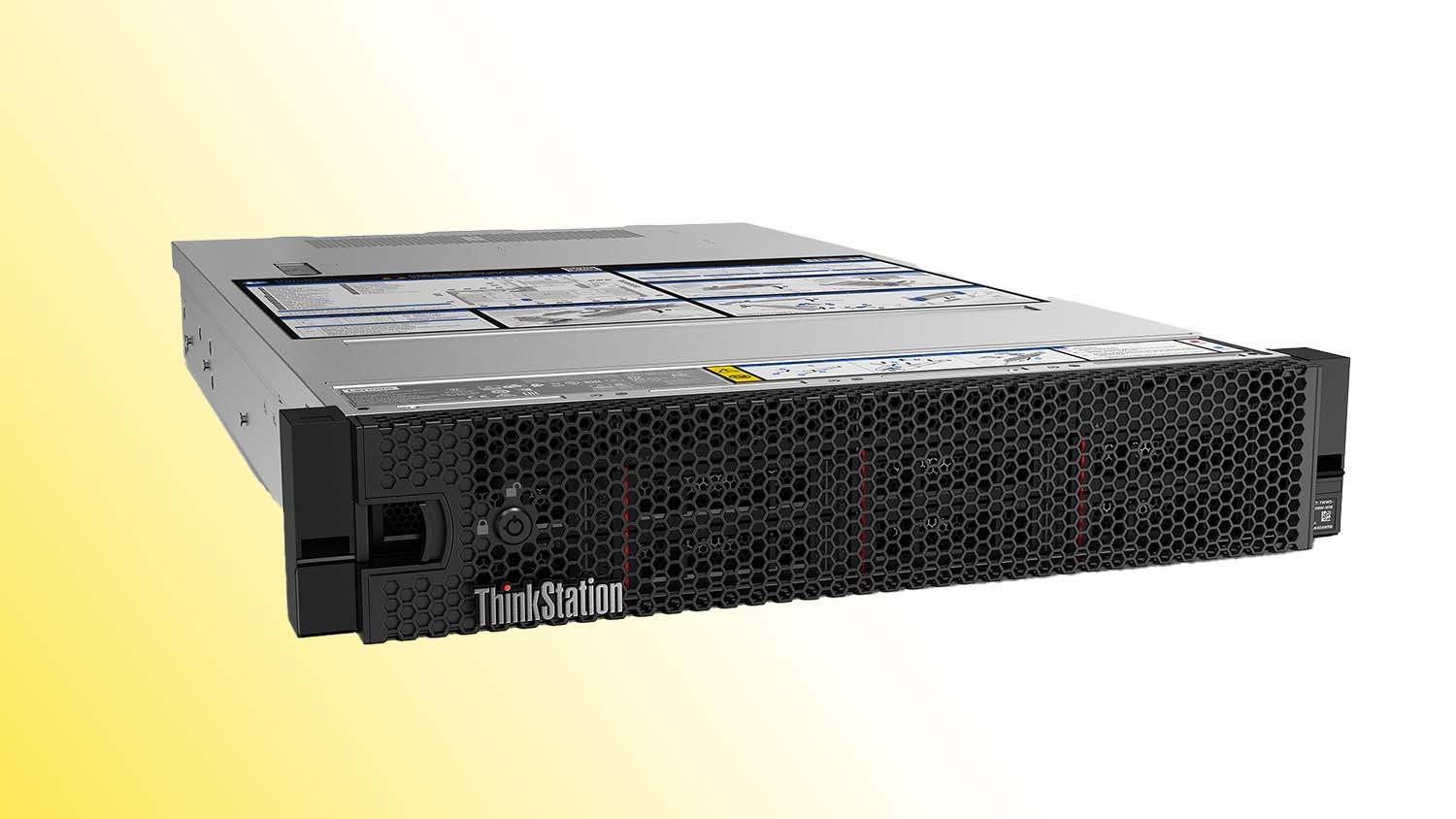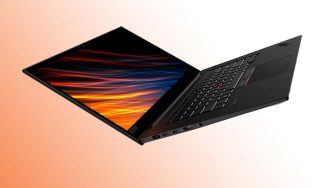TGX Remote Desktop Review- When Laptop power isn’t enough – DEVELOP3D
But it’s for more demanding workflows like ray trace rendering, realtime viz, or simulation that laptops often fall short.
Even models with more powerful GPUs like the ThinkPad P15 can’t truly compete and you’ll always be limited by an 8-core CPU and 128GB of memory.
Some users get round this by having a meaty desktop in the office and a laptop for remote work. But, in this day and age, this is a bit of a luxury, and with Covid-19, the definition of office is becoming increasingly fluid.
There is another way to do this and that is to give laptop users a boost with a remote resource. This can be done via the cloud, through on-demand access to a GPU-accelerated virtual machine, but this capability can also be brought in-house with an on-premise data centre solution.
The Lenovo ThinkStation P920 Rack is a dedicated 2U rack workstation with dual Intel Xeon Gold
CPUs, Nvidia Quadro RTX graphics and up to 3TB of DDR4 memory. The idea is that a user can remote into the machine from a laptop, and use its vast resources as and when required.
Advertisement
Advertisement
This isn’t just for heavy duty batch processing.
With Mechdyne’s TGX Remote Workstation software, it’s possible to remote into the workstation and use it as if it were a local machine, with full 3D acceleration.
TGX Software works by compressing and sending the desktop pixels on the rack workstation to a receiver on the laptop where it is decoded and rendered.

You get the best performance when using Quadro GPUs at both ends, but decoding can also be done on the CPU, so you could use a standard office laptop.
We tested this remote graphics solution with the Lenovo ThinkPad P1, connecting into a Lenovo ThinkStation P920 Rack with 2 x Intel Xeon Gold 6246 CPUs (24 cores), 192GB DDR4 memory, an Nvidia Quadro RTX5000 GPU and Windows 10 Pro.
Getting connected is incredible easy — simply download the TGX client, punch in the IP address, user and password and away you go.
Despite us being in London and the P920 Rack being in Raleigh, North Carolina in the US, the experience was excellent.
In Solidworks, for example, a large assembly responded instantly to our mouse movements, with only a barely discernible lag.
This was more than comparable with other remote graphics testing we’ve done with other protocols in data centres in the UK and Europe where the latency is much lower due to the shorter distance.
Impressively, we did this over WiFi 5, connecting to a 100Mbps Virgin Media home broadband.
We had intended to plug straight into the router over Ethernet to minimise latency at our end, but there really was no need.
We also connected over 4G, tethering the laptop to an Apple iPhone, and while it felt a tiny bit laggy, it was still perfectly usable.
By tapping into the power of the P920, we were able to significantly accelerate some of our more demanding workflows.
In KeyShot, for example, it completed our render in 120 secs, significantly faster than the ThinkPad P1 (397 secs).
We had a similar experience with the V-Ray NEXT benchmark with CPU rendering 3.28 times faster and GPU rendering 3.12 times faster.
With complex simulation, we would expect the potential gains to be much bigger, as the P920 can tap into so much memory.
Importantly, it also transformed our real-time 3D experience in Enscape, going from 2 FPS on the ThinkPad P1 up to a silky smooth 25 FPS on the ThinkStation P920, taking full advantage of the 16GB Quadro RTX 5000 GPU.
This could be great for client presentations when high frame rates can make a real difference.
Optimising workflows between the two machines will require careful consideration, not least how to share data effectively.
Copying data from the P1 to the P920 was slow, bottlenecked by the 10Mbps upload speed of our home connection. Dropbox quickly become our preferred solution.
Overall, the ThinkStation P920 with TGX software is an interesting way to address workflows with different hardware demands: You could give designers lightweight laptops for everyday CAD work, then on-demand access to vast GPU and multithreaded CPU resources as and when workflows dictate.
Resources can also be shared by teams, to make things more cost-effective, and software brokers used to manage access to large pools of machines.
Finally, multiple users can also connect to a single remote desktop for a collaborative session. You only need to license the TGX software on the sender/host — the Receiver software is free.
Lenovo is currently offering free 120-day trials of Mechdyne TGX Remote Workstation software.

Mục lục bài viết
Lenovo ThinkPad P1 Review
Click here to read our full review of this sleek ultra-portable 15.6-inch laptop. An impressive machine for CAD on the go, yet it struggles a little to stand out from its predecessors











